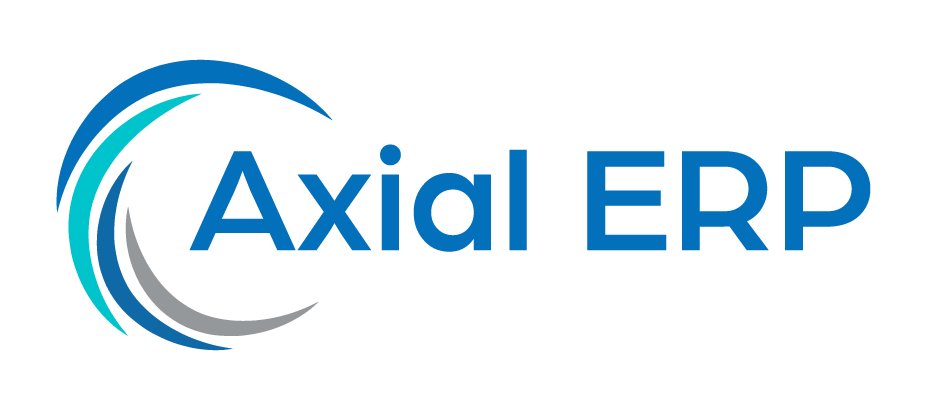Optimization of Indirect Purchasing with Integrated ERP Solutions
Purchasing management is an essential component in the operational strategy of any company. Within this broad spectrum, indirect purchasing, which is not directly linked to the production of goods or services offered by the company, plays a crucial role in cost optimization and operational efficiency. In this article, we will explore how integrated solutions in enterprise resource planning (ERP) systems can transform indirect purchasing management, leading an organization towards greater efficiency and savings.
What is Indirect Purchasing?
Indirect purchasing refers to the acquisition of goods and services that are not part of the final product that a company offers. This includes, but is not limited to, office supplies, maintenance services, IT tools, and other overhead expenses that are necessary for the daily operation of a company.
Importance of Indirect Purchasing
Although often underestimated, indirect purchasing represents a significant portion of a company’s total expenses. Its efficient management can result in substantial savings and increased profitability. However, due to its diverse and often fragmented nature, indirect purchasing presents unique challenges that require specialized solutions.
Challenges of Indirect Purchasing
- Lack of visibility and control over spending.
- Slow and bureaucratic approval processes.
- Inefficient management of suppliers and contracts.
- Difficulties in standardizing purchasing processes and policies.
The Role of ERP in Indirect Purchasing
ERP systems are software platforms designed to integrate and automate the key business processes of an organization, including purchasing management. The incorporation of indirect purchasing solutions in an ERP can provide a range of benefits.
Process Integration
An ERP solution allows for the integration of indirect purchasing with other business processes, resulting in greater consistency and efficiency. For example, purchase orders can be directly linked to inventory management and accounting, providing a unified view of spending and stock.
Automation and Efficiency
The automation of purchasing processes through an ERP reduces the time and effort required to manage indirect purchase transactions. This includes the automatic generation of purchase orders, workflow approval, and delivery tracking.
Visibility and Control of Spending
With an ERP, companies gain real-time visibility into their indirect expenses, enabling better control and data-driven decision-making. Detailed reports and analysis help identify savings opportunities and improve vendor negotiation.
Supplier and Contract Management
An ERP solution provides tools to effectively manage supplier relationships and the lifecycle of contracts, from selection to renewal or termination. This improves collaboration and allows companies to better leverage their purchasing agreements.
Best Practices for Optimizing Indirect Purchasing with ERP
Implementing an ERP for indirect purchasing is just the first step. To maximize the benefits, companies should follow a series of best practices.
Establish Clear Policies and Procedures
Defining standardized policies and procedures for indirect purchasing is crucial to ensure that all employees understand how transactions should be conducted within the ERP system.
Training and User Adoption
Proper training is essential to ensure that users understand how to use the ERP system for indirect purchasing. Successful adoption leads to greater efficiency and compliance with purchasing policies.
Monitoring and Continuous Improvement
Ongoing monitoring of indirect purchasing performance through the ERP allows for the identification of areas for improvement. User feedback and data analysis should be used to adjust processes and policies in order to achieve continuous optimization.
Conclusion
Optimizing indirect purchasing through integrated ERP solutions is an effective strategy for improving operational efficiency and reducing costs. By addressing the unique challenges of indirect purchasing with a combination of advanced technology and best practices, companies can achieve more effective and strategic purchasing management.



